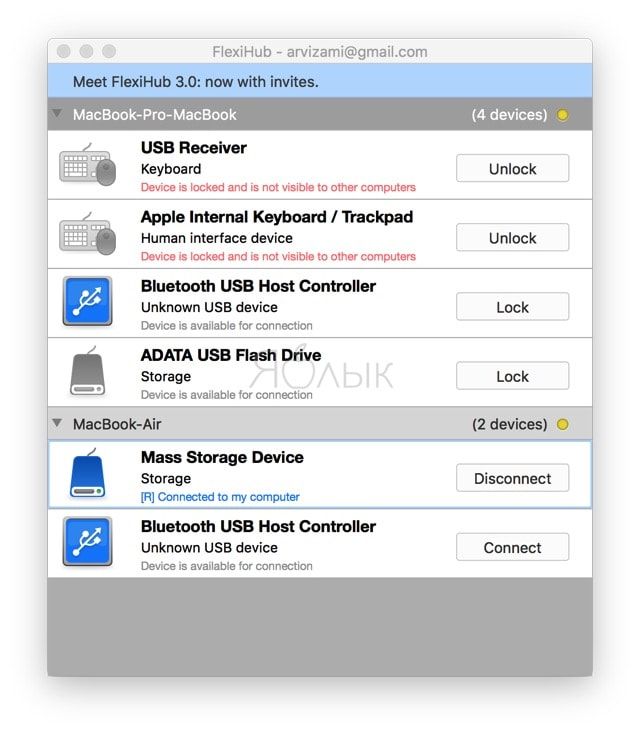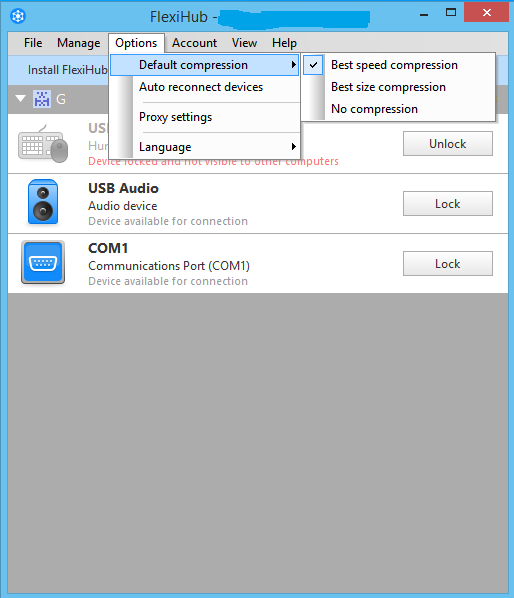
So the worst has come to pass - you realise you parted with your money too fast, and the site you used was a scam - what now? Well first of all, don’t despair!! Scratching beneath the surface often reveals Scammers know this and often insert logos of social media sites on their websites. Social media is a core part of ecommerce businesses these days and consumers often expect online shops to have a social media presence. If the difference in prices is huge, it might be better to double-check the rest of the website. The easiest way to do this is to simply check out the same product at competing websites (that you trust). If an online deal looks too good to be true, think twice and double-check things. A Gucci bag or a new iPhone for half the price? Who wouldn’t want to grab such a deal? Scammers know this too and try to take advantage of the fact. When looking for goods online, a great deal can be very enticing. The below tips will help you identify the signs which can indicate that a website could be a scam. The ability to spot online scams is an important skill to have as the virtual world is increasingly becoming a part of every facet of our lives. There are fraudsters making all kinds of claims to trap victims online - from fake investment opportunities to online stores - and the internet allows them to operate from any part of the world with anonymity. Checking a website for other scam signals remains essential.Īs the influence of the internet rises, so does the prevalence of online scams. Scammers nowadays also buy old and existing websites to start their malpractice. Websites of scammers are usually very new. We discovered that the domain of this website has been registered several years ago.
#Flexihub hack how to
Read our blog post " How to recognize fake reviews" to learn more. While these reviews can still be manipulated (you can buy a fake review for a few dollars) it is less easy than just showing reviews directly on your website. This means that reviews are collected by a third party such as Google, Trustpilot, Sitejabber or Resellerrating. This website is using an external review system. As a result we increased our review score. In addition other websites find this website interesting and relevant and are linking to it. This means that the website is visited by quite a lot of people. It is a small SBC with GbE and a USB2.0 connector, and not much else.We discovered that the website is rated as popular by Tranco with a score of.

My recommendation now would be to use the Orange Pi Zero Plus. Luckily the HD Cam should work with the high latency (given it already is pretty high latency already).Īll in all, I'd expect this project to run into ~100USD.

#Flexihub hack pro
I'd expect pretty high latency on the link, which would make your Pro Audio Mixer useless. I would suggest you take a look at the Banana Pi, which has a single USB 2.0 controller (2 ports) and a gigabit ethernet controller.Įven so.

#Flexihub hack Pc
You'd want a "low" cost single board PC with both a gigabit ethernet and a USB 2.0 (or better) controller. However, on your IP/USB hub side, your options are more limited. You can therefore run a gigabit ethernet over USB 3.0 on your laptop. I would advice you use Gigabit ethernet, given that you have bandwidth requirements (please don't try to use Wifi). You could then connect the USB 2.0 devices to a lightweight PC that tunnels the USB over a ethernet connection. Essentially building a Transaction Translation module. On a related note, what IS possible, is to encapulate the USB 2.0 across TCP/IP over Fast/Gigabit Ethernet. Note that USB 3.0 hubs do not currently perform transaction translation to super-speed for USB 2.0 devices. Consequently, multi transaction translators (Multi-TT) were created, which provide more transaction translators such that bottlenecks are avoided. However, the default design is that all lower-standard devices share the same transaction translator and thus create a bottleneck, a configuration known as the single transaction translator. For example, if a USB 1.1 device is connected to a port on a USB 2.0 hub, then the TT would automatically recognize and translate the USB 1.1 signals to USB 2.0 on the uplink. TLDR: Try using USB over IP instead of USB2 over USB3.Ī quick googling shows that your exact question is not possible.Īny USB 2.0 hub that supports a higher standard than USB 1.1 (12 Mbit/s) will translate between the lower standard and the higher standard using what is called a transaction translator (TT).


 0 kommentar(er)
0 kommentar(er)
